🔴 🟠 🟡 🟢 🔵 🟣
The primary difference between vacuum blending and regular blending lies in the presence of air during the blending process. Traditional blenders incorporate air, while vacuum blenders remove it before blending. This seemingly minor difference has a significant impact on the quality of the juice, affecting its nutritional value, flavor, texture, color, and shelf life.
The reason why vacuum blended juice has a more vivid color compared to regular juice can be attributed to two main factors: oxidation and air bubbles.
01
Oxidation
- Traditional blenders incorporate air into the juice during the blending process, which leads to oxidation. Oxidation causes the pigments in the juice to break down, resulting in a duller and less vibrant color.
- Vacuum blenders remove the air before blending, preventing oxidation and preserving the natural pigments of the juice. This results in a brighter and more vivid color that is closer to the original color of the fruits and vegetables used.
02
Air Bubbles
- Air bubbles generated during blending in traditional blenders can scatter light, making the juice appear opaque and less colorful.
- Vacuum blending eliminates air bubbles, resulting in a clearer and more transparent juice that allows the natural color to shine through
🍅
The effect of oxidation on Vitamin C content in vacuum blended juice.
The cells of fruits and vegetables contain enzymes that react with oxygen as soon as they are exposed to air, triggering an oxidation reaction that leads to nutrient loss. This is the same principle behind the browning of apples.
To better understand the impact of oxidation on nutrient content, we compared the vitamin C levels in regular blended juice and vacuum blended juice. As shown in the graph below, vacuum blended juice had a higher vitamin C content in all three tested samples: tomato, orange, and kale. This confirms that vacuum blending is a superior method for preserving nutrients from oxidation.
Comparison of Vitamin C contents



🍏
Foaming and Separation in Blended Juice
During regular blending, the high-speed rotation and centrifugal force create friction between the air and the fibrous materials, resulting in the formation of foam. This foam can negatively impact the taste and texture of the juice, making it unpleasant to drink. Additionally, over time, the air bubbles and fiber particles in the juice rise to the surface, causing rapid separation.
In contrast, vacuum blending minimizes friction with air, significantly reducing foam formation and preventing separation. This results in a clean and smooth juice with a better taste and texture that remains consistent over time.

🥭
Vividness of Color
Before drinking juice, we often use its visual "color" to imagine its taste. In this regard, we observed a clear difference in juice color and confirmed it through color measurement. The yellowness b-value of orange juice and the redness a-value of tomato juice were measured to be higher in vacuum blended juice than in regular blended juice. This result proves that the color of vacuum blended juice is darker and more vivid.
But why is the color vibrancy of regular blended juice lower? That's right, it's because the color is diluted by air trapped between the fibers during blending.
Measuring color clarity using a color meter

To further illustrate the difference in color, let's look at some scientific data
- A study by the University of California, Davis found that vacuum blended orange juice had a significantly higher concentration of carotenoids (pigments responsible for the orange color) than regular orange juice.
- Another study by the National Taiwan University found that vacuum blended strawberry juice had a higher brightness and chroma (measures of color intensity) than regular strawberry juice.
─
Overall, vacuum blending is a superior method for making juice that is more nutritious, flavorful, visually appealing, and has a longer shelf life. If you're looking for the best way to enjoy the benefits of fresh fruits and vegetables, a vacuum blender is a worthwhile investment.




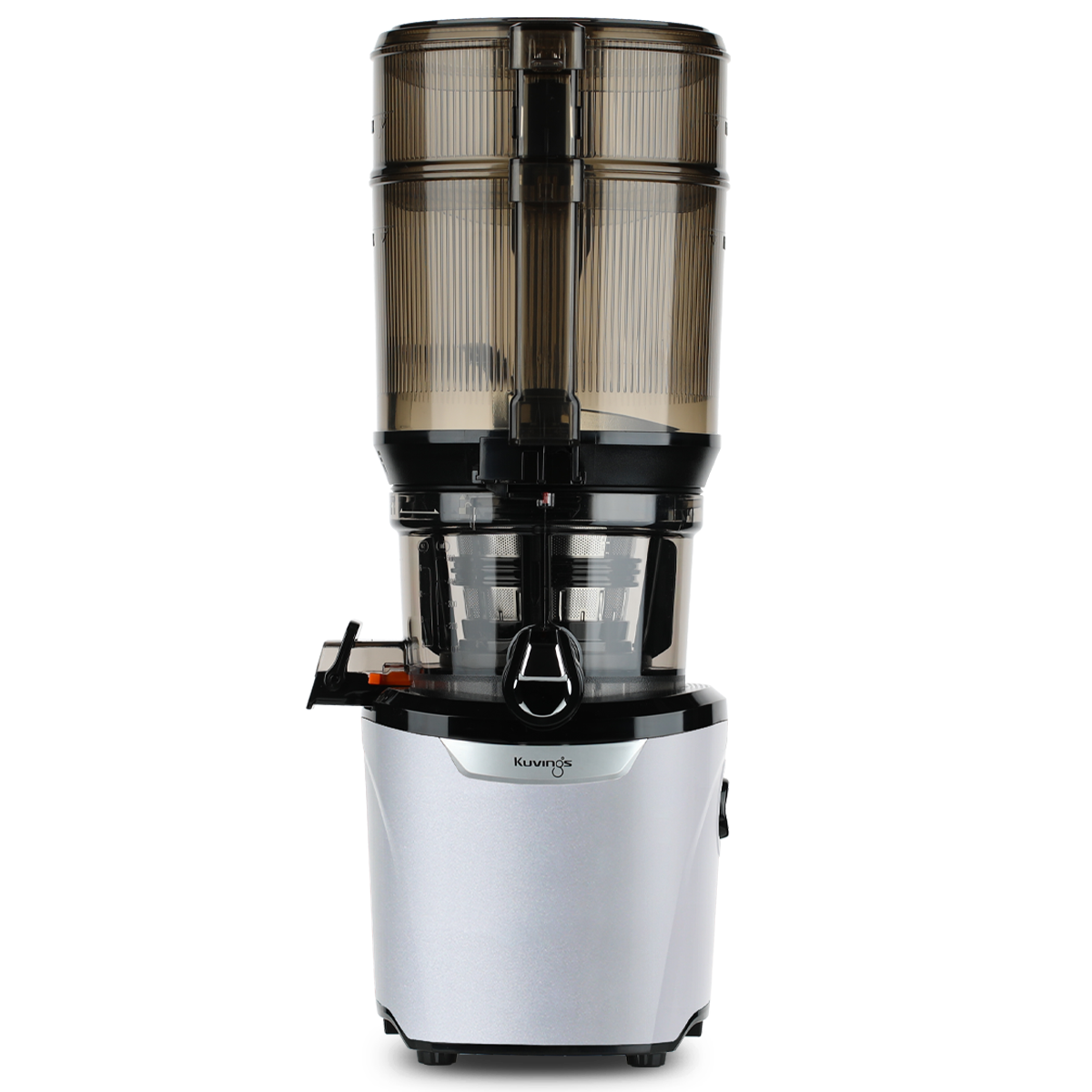





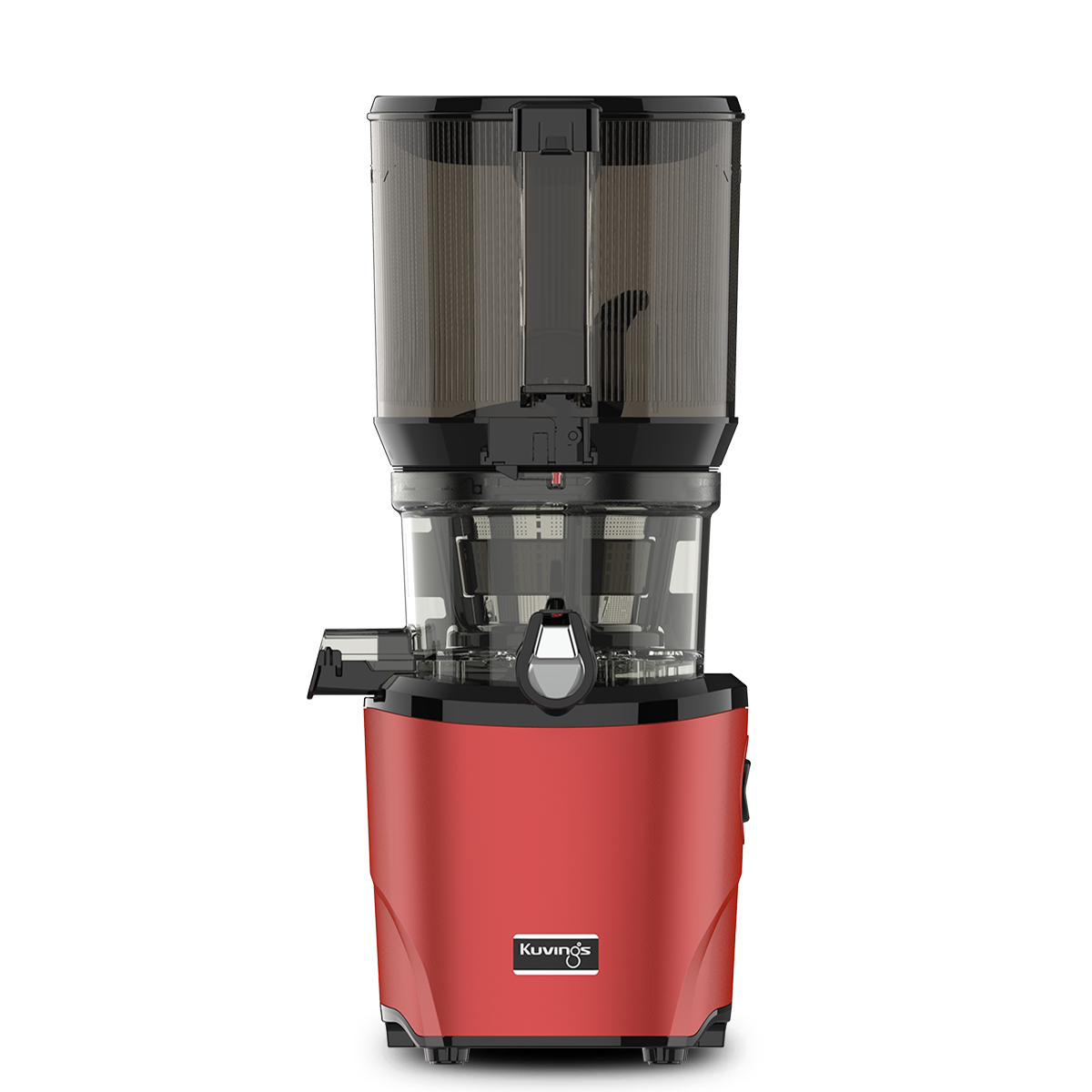
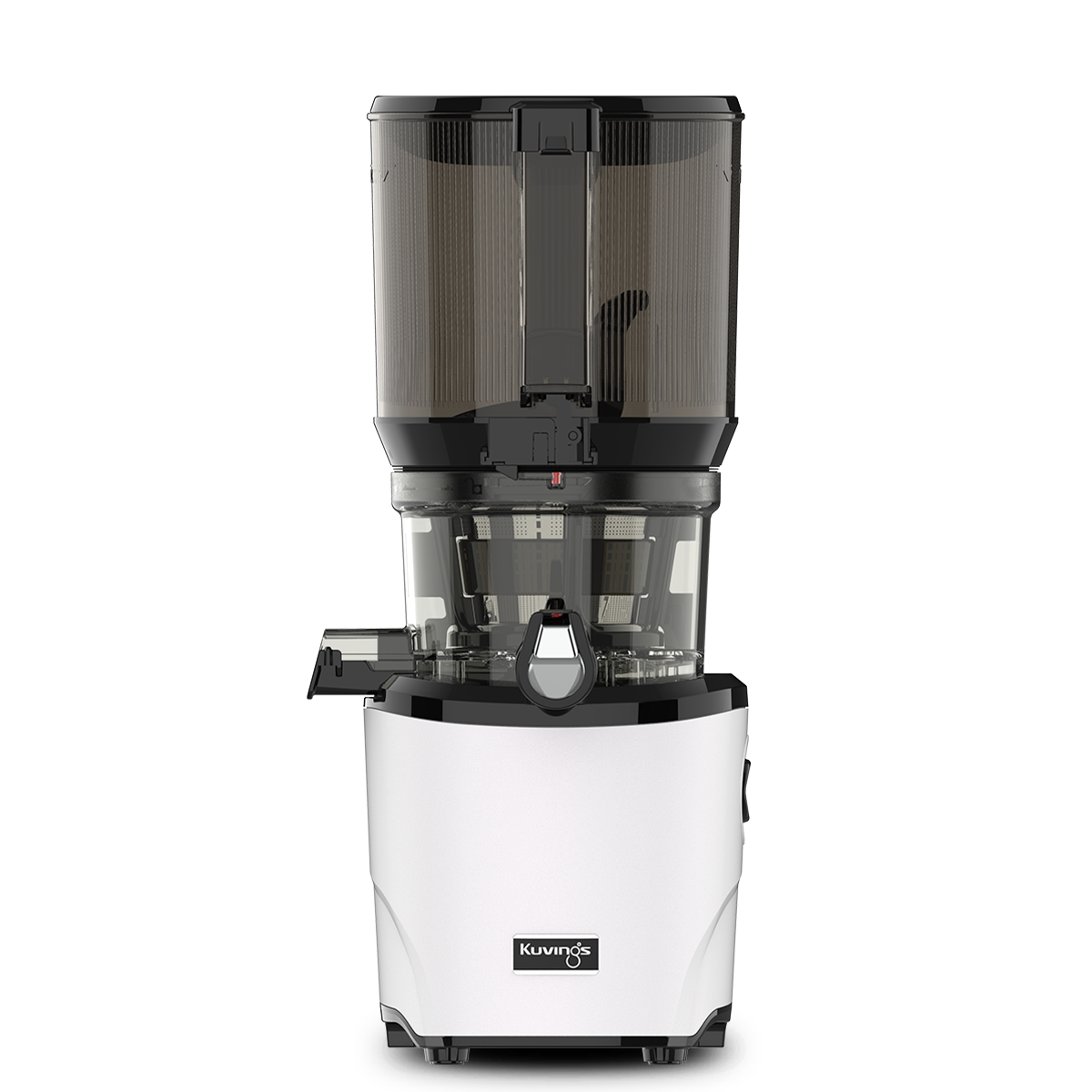
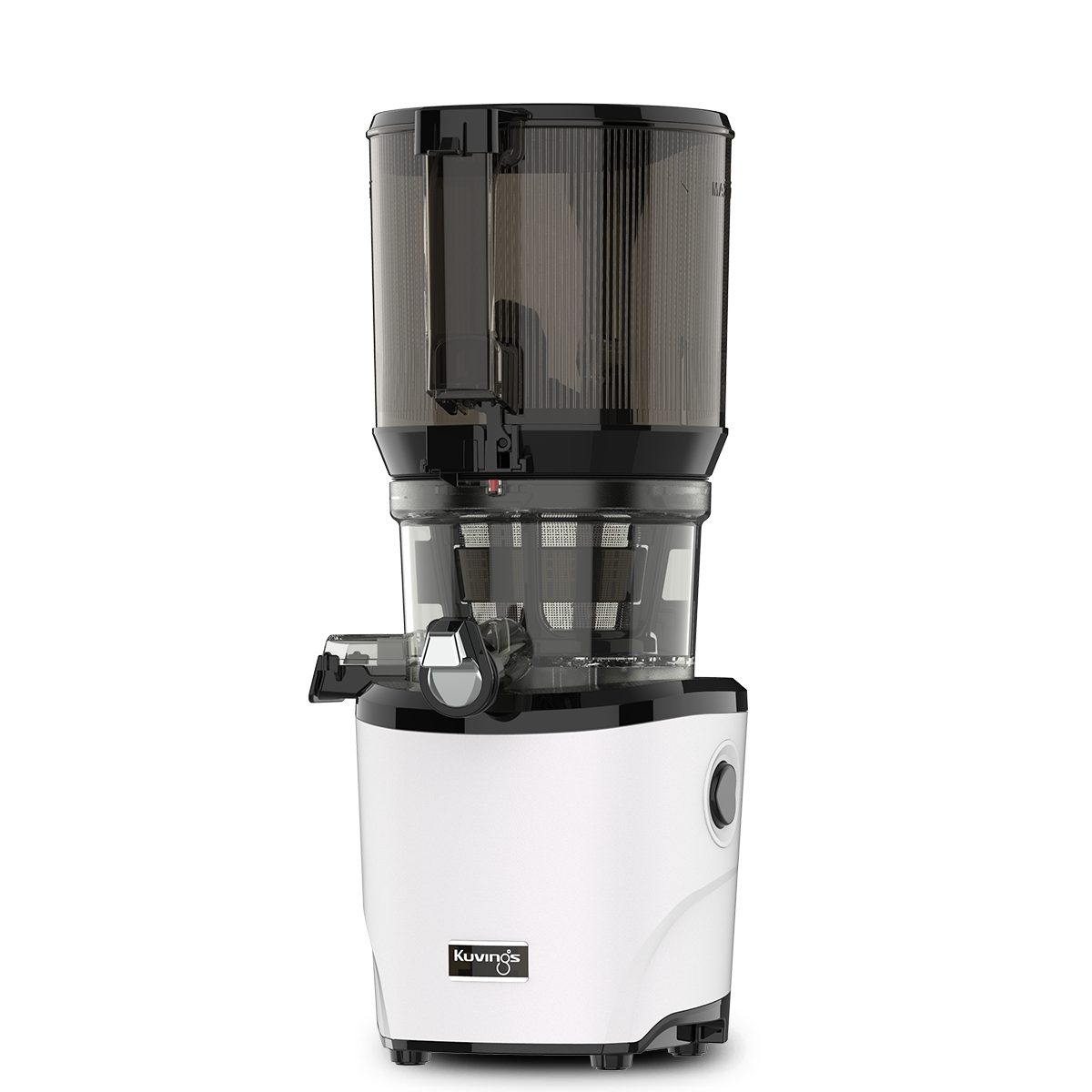






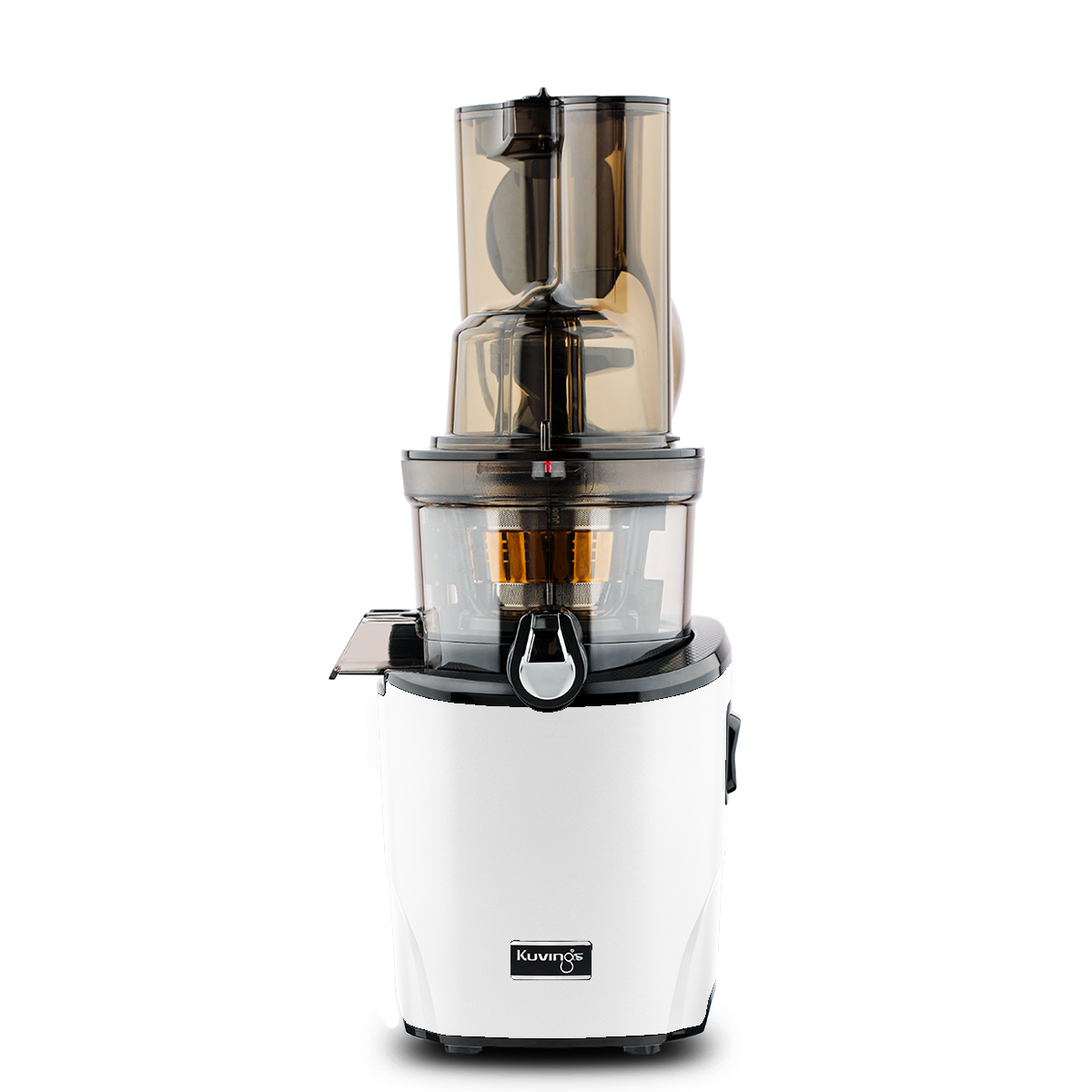
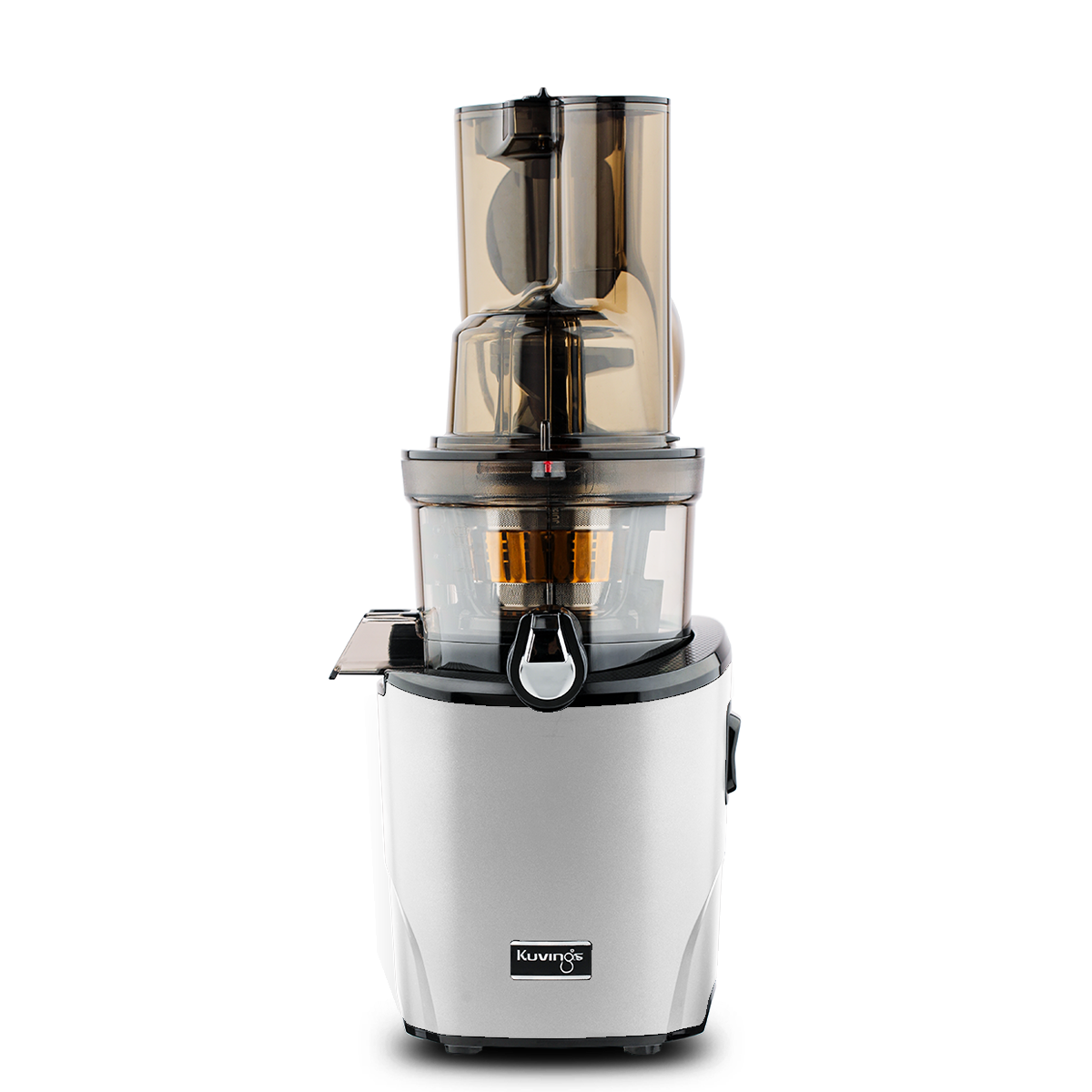


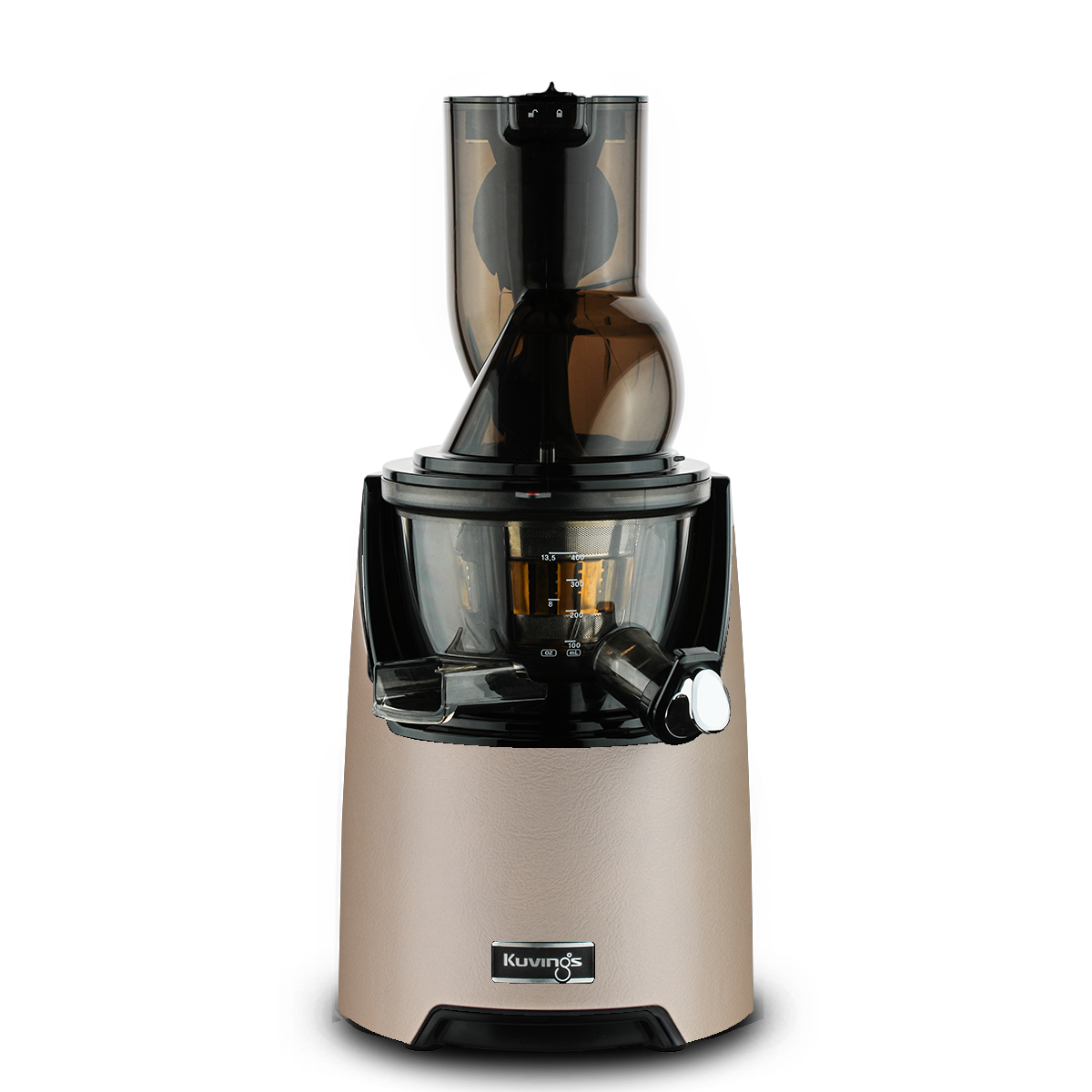













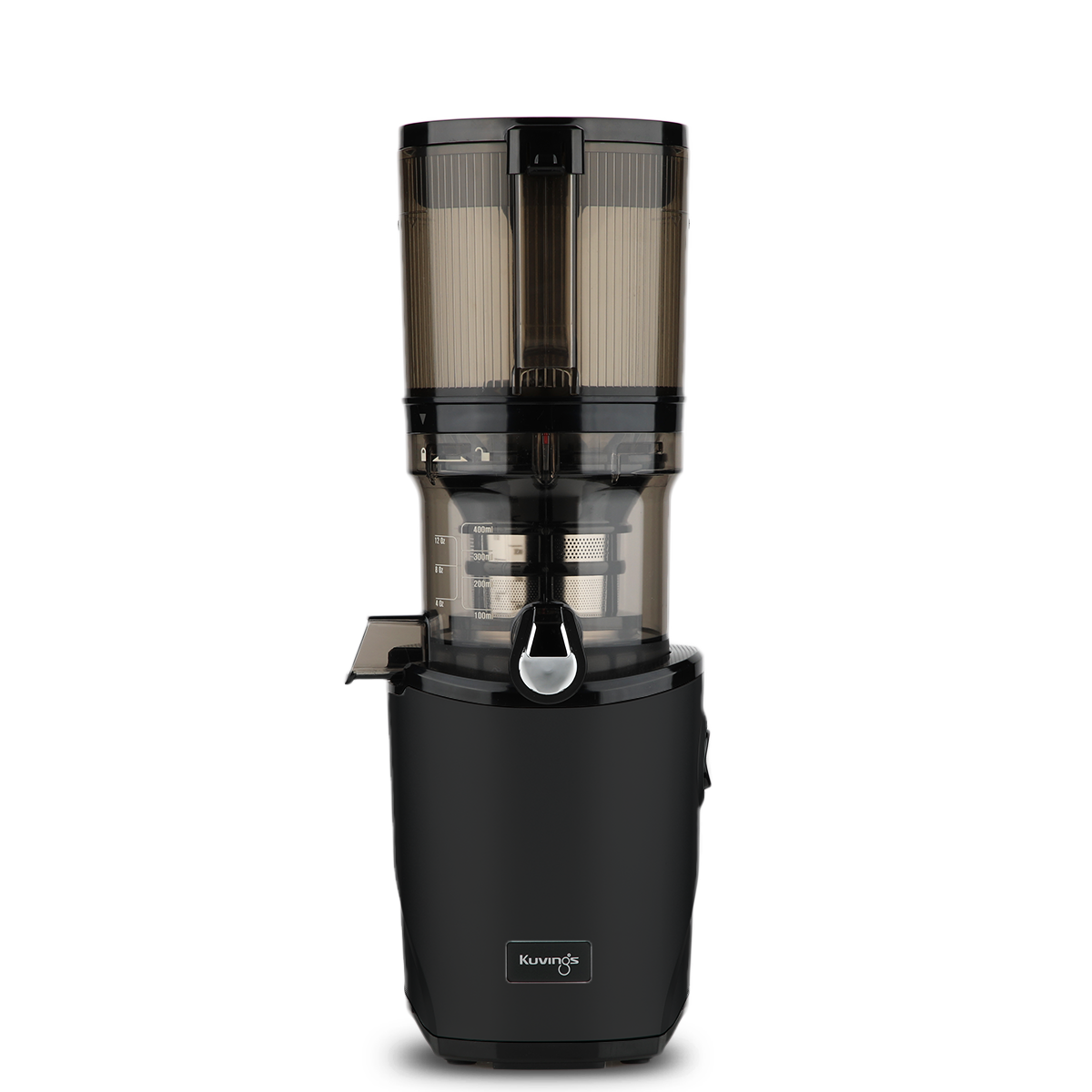






Comments
Querido compra